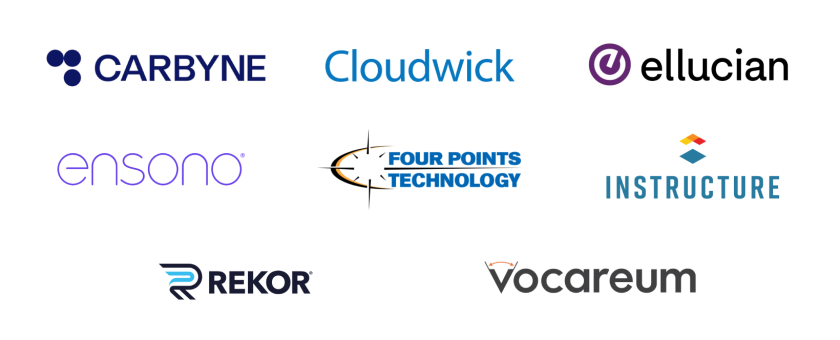All are “trying to understand… what is possible with generative AI. I think the answer is pretty much everything,” said Kim Majerus, vice president of global education and U.S. state and local government at Amazon Web Services (AWS), during the 2024 AWS Imagine Conference.
For government, AI provides ways to enhance decision-making, strengthen communication, and improve the speed and quality of public services. In education, it can personalize student journeys, automate administrative tasks, and provide insights that support student enrollment and success.
Organizations, Majerus said, are starting to “pivot from exploring and testing to actually putting those ideas into practice.” An enterprise, cloud-driven strategy for using AI, data, and the capabilities that support both will be critical to success.
TURNING DATA INTO AN ADVANTAGE
Data has rapidly become the “differentiator for generative AI,” Majerus said. Virtually every public sector use case — from a constituent interacting with a chatbot to check the status of a permit to an educator leveraging AI to create lessons — relies on an accurate, accessible data source. But the right kinds of data can drive even more powerful solutions.
For example, the Texas Department of Public Safety is working with AWS and a technology partner to use AI to manage its fleet of more than 5,000 vehicles. Predictive maintenance analytics will track how law enforcement vehicles are used, provide real-time alerts in the place of paper logs, and help “protect those who protect us,” said Amanda Crawford, executive director of the Texas Department of Information Resources and state CIO.
In higher education, AI is unlocking the power of data in new ways — from helping individual faculty members understand student performance and plan presentations to evaluating student athletes. Some institutions are thinking even bigger. Emory University’s “AI.Humanity” initiative, for example, brings together AI researchers from a wide range of disciplines to address broad societal issues, including human health, economic value, and social justice.
Speakers at the Imagine Conference suggested the true shift isn’t about either AI or data. The key lies in a question: How do you challenge yourself to think differently about something you’ve been doing for a long time?
HOW THE CLOUD FITS IN
To enable data-driven AI solutions, organizations must first identify the problems they are trying to solve. From there, they can "start to deploy the technology guardrails that allow you the opportunity to innovate,” Majerus said.
As part of this work, governments and educational institutions must create a purpose-built data strategy. Organizations often already have valuable data, but they need to access the data so they can make better decisions. Otherwise, they may struggle or fail to overcome their operational challenges.
The cloud is an essential part of an enterprise strategy for data access. A flexible and secure cloud computing environment lets organizations easily retrieve data and use it with different AI models. Moreover, this environment provides the compliance guardrails required for sensitive government data, along with a range of AI tools to help organizations take advantage of AI technology in new ways.
“Be strategic about getting foundational data processes and flows built into the architectures to establish your enterprise model early,” Majerus said.

and the following partners:









